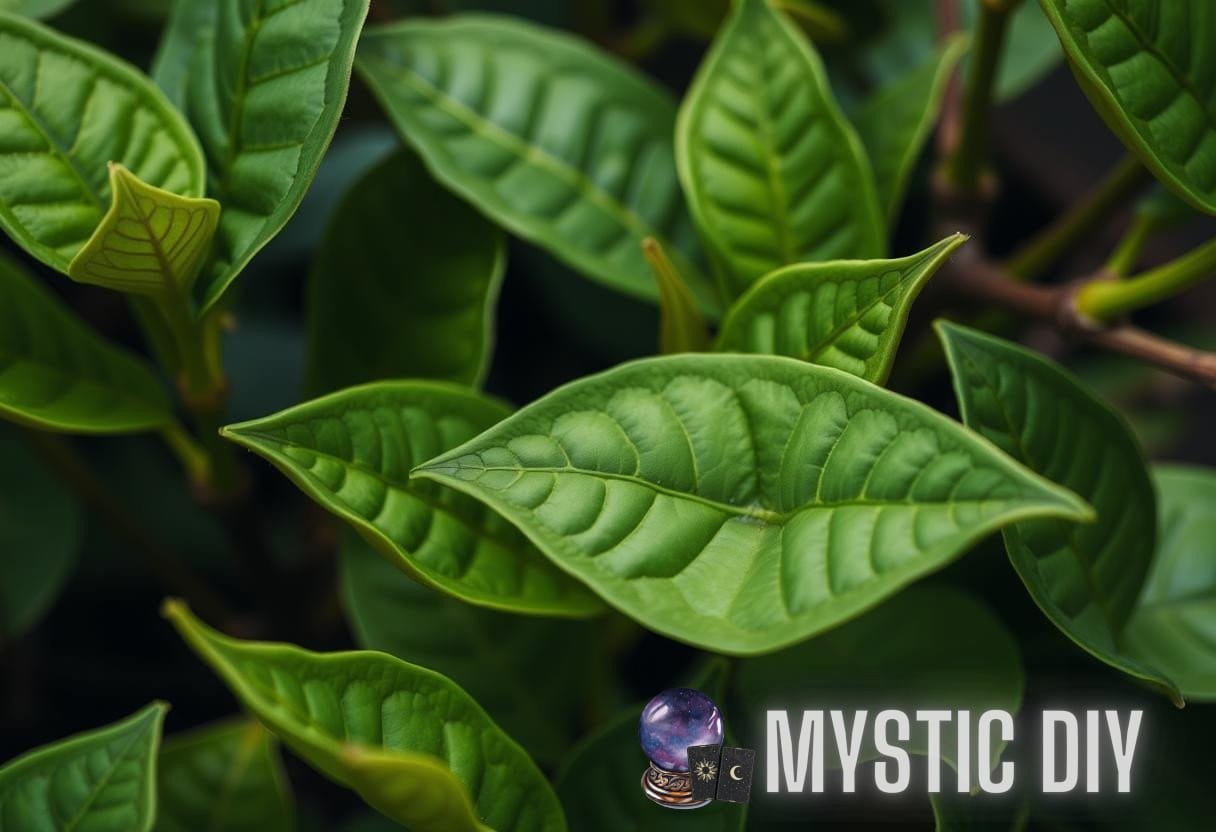Unraveling the Quantum Tapestry: The Interconnectedness of Tea Leaf Patterns and Eco-Physics
The realm of tea extends beyond mere enjoyment; it encompasses a fascinating intersection of science, culture, and nature. One particularly intriguing aspect involves the study of quantum tea patterns, which links tea leaf shapes and arrangements with principles of eco-physics.
The Chemistry of Tea Leaves
Understanding the chemical makeup of tea is crucial in appreciating its patterns. Tea leaves are primarily composed of the following components:
- Catechins: These natural antioxidants contribute to the health benefits of tea.
- Theanine: An amino acid responsible for the umami flavor, enhancing the overall taste profile.
- Caffeine: A stimulant that affects the central nervous system.
These compounds interact with the physical structure of the leaves, influencing how they unfurl and settle, and ultimately giving rise to distinct patterns observable during the brewing process. Such variations can be linked to the environments in which tea is grown, encompassing soil types, weather conditions, and agricultural practices.
The Concept of Quantum Patterns in Nature
At its core, quantum tea patterns are not merely about visual aesthetics; they resonate with deeper ecological dynamics governed by quantum physics. The notion of interconnectedness is prevalent within eco-physics, which seeks to understand how living systems operate and interact at both micro- and macroscopic levels.
Micro-level Interactions
In quantum physics, the behavior of particles at a microscopic level showcases unique patterns and behaviors that can be reflected in larger ecological systems. Notable examples include:
- Entanglement: The interconnected state of particles where the state of one cannot be described independently of the state of another, akin to how tea leaves may react to their surrounding elements.
- Superposition: A concept wherein particles exist in multiple states simultaneously. This can be metaphorically compared to how different brewing techniques influence the flavor and aroma of tea, showcasing multiple outcomes from a single source.
The Role of Environment in Tea Leaf Formation
Tea plants (Camellia sinensis) develop unique patterns based on their environmental conditions. Factors that influence leaf development include:
- Altitude: High-altitude regions typically produce slower-growing leaves with small, dense patterns.
- Climate: Temperature and rainfall can lead to specific adaptations in leaf shape, such as thicker cuticles in dryer climates.
- Soil Type: Nutrient-rich soils often yield vibrant leaf colors and more varied patterns.
Such variables contribute to the broader quantum tea patterns produced during the infusion process, leading to distinct flavors and textures in the final brew.
Case Study: Oolong Tea and Quantum Patterns
One illustrative example of the interconnectedness between eco-physics and tea patterns is Oolong tea, which is partially oxidized during processing. This unique method results in varied patterns of color and flavor, representing a spectrum between green and black teas. The tea’s processing brings into play several eco-physical principles:
- Oxidation Process: The chemical reactions occurring during oxidation resemble quantum reactions where the final product is dependent on environmental conditions, much like how tea brewing is contingent on water temperature.
- Flavor Complexity: Oolong tea is known for its complex aroma and taste profiles that can be attributed to its patterns of leaf formation and processing.
This case study highlights how expert tea artisans manipulate these conditions to enhance flavor, reflecting the underlying quantum tea patterns inherent in nature.
Tea Brewing: An Interplay of Quantum Dynamics and Eco-Physics
The art of brewing tea demonstrates how quantum dynamics play out in a sensory experience. The preparation of tea can be viewed through several lens intersections between eco-physics and quantum theory:

- Temperature Sensitivity: Each type of tea has an optimal brewing temperature. The energy transferred affects molecular movement within the water and tea, altering the experience based on the brewing conditions.
- Infusion Time: Just as superposition allows for multiple theoretical states, varying infusion times yield different flavor profiles. Short brews might offer lighter flavors, while longer brews draw out deeper, richer notes.
This delicate balance underscores the importance of understanding both ecological and quantum principles in tea preparation. The patterns created during brewing serve not only aesthetic purposes but also affect the biochemical emissions that contribute to flavor.
Exploring Tea Cultivation: Eco-Physics at Work
The entire cultivation process of tea from the farm to the cup is a reflection of eco-physics and its effects on plant systems. The understanding of soil ecology, local microclimates, and plant interactions directly relates to how quantum tea patterns emerge. Consider the following aspects in tea cultivation:
- Soil Health: Organic farming practices that enhance soil microbiota and nutrient cycling can lead to better tea quality, showcasing a quantum-like effect where healthier systems yield more complex output.
- Water Management: The use and retention of water in tea-growing regions can greatly influence the leaf structure and thereby the pattern during brewing.
Research indicates that specific farming practices can lead to increased levels of beneficial compounds, ultimately affecting both the health benefits and flavor profiles of tea.
Links to Quantum Physics: A Broader Perspective
Connecting the dots between quantum physics and tea leaf patterns necessitates a broader scientific dialogue. Some researchers posit that examining eco-physics through the lens of quantum mechanics can yield insights into biodiversity, ecological resilience, and sustainable practices. Prominent studies include:
- Studies on plant communication and interaction highlighting networks similar to quantum entanglement.
- Research into how temperature fluctuations influenced the molecular structure of plant cells, reminiscent of superposition effects.
Such studies provide a roadmap for understanding intricate patterns and relationships, not only in the world of tea but in broader ecological dynamics as well.
Real-World Applications of Quantum Patterns in Tea
The implications of understanding quantum tea patterns extend beyond academia and into practical applications:
- Health Benefits: As more is uncovered about tea’s healthy compounds, understanding the patterns can lead to optimized processes in herbal medicine and dietary supplements.
- Sustainable Cultivation: Utilizing insights gained from eco-physics can reshape sustainable practices in tea farming, boosting efforts around organic farming and reducing chemical use.
- Flavor Development: Tea producers can tailor their methods by recognizing how the environmental factors influence leaf patterns and infusions, leading to refined products that appeal to consumers.
Such real-world applications of the quantum tea patterns approach can lead to innovation in not just tea but in the broader agricultural field, promoting sustainability and health.
The Importance of Research and Collaboration
The interdisciplinary nature of studying quantum tea patterns necessitates collaboration between researchers across various fields. For instance:
- Botanists and Ecologists: Working together can uncover how quantum effects shape ecosystems and influence tea leaf patterns.
- Chemists and Physicists: Collaborative research can lead to a better understanding of molecular interactions and their impacts on flavor and health.
Such partnerships are critical for harnessing the full potential of this area of study, leading to implications that reach beyond individual disciplines to affect cultural practices, environmental strategies, and consumer health.
Conclusion: The Future of Quantum Tea Patterns
As we continue to explore the interconnectedness of quantum tea patterns and eco-physics, the horizon appears bright for new discoveries and innovations. By delving deeper into this intersection, we can reshape our understanding of tea, its cultivation, and its broader ecological impacts. This research not only enriches our appreciation of tea but also drives sustainable practices and promotes wellness across communities. The ongoing dialogue between tea, science, and nature will undoubtedly yield remarkable insights for generations to come.



